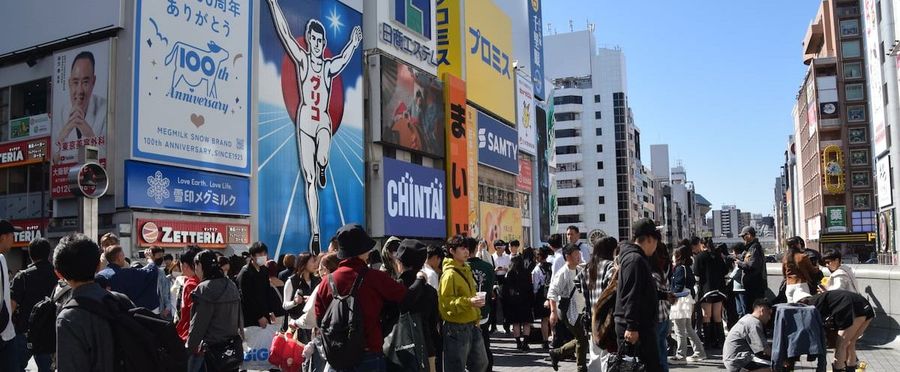Osaka's bustling southern district, known as "Minami," is said to be suffering from "tourism pollution" - a consequence of its popularity with travelers. The district has reached its limit, with local businesses and residents decrying the adverse impacts of overcrowding, noise, and litter. The urgency to manage the influx of tourists, while preserving the character and ecology of the iconic area, has now spiked.
Japan, renowned for its cultural heritage and picturesque locales, has been grappling with the issue of "tourism pollution." The dilemma lies in balancing the economically beneficial tourism industry with the preservation of local communities and environment. Japanese communities value respect for others, harmony, and cleanliness, which are often infringed by irresponsible tourist behavior. This news bears relevance as it reflects the scale of a nationwide problem encapsulated within a single district.
Like Japan, other tourist hotspots around the world, including those in the US and EU, are confronted with similar issues. Places like Barcelona, Amsterdam, Rome, and many US national parks constantly juggle between encouraging tourism for economic progress and managing its impact on local communities and environment. The concept of sustainable or responsible tourism has garnered a lot of attention in recent years.

